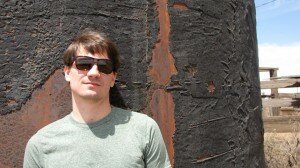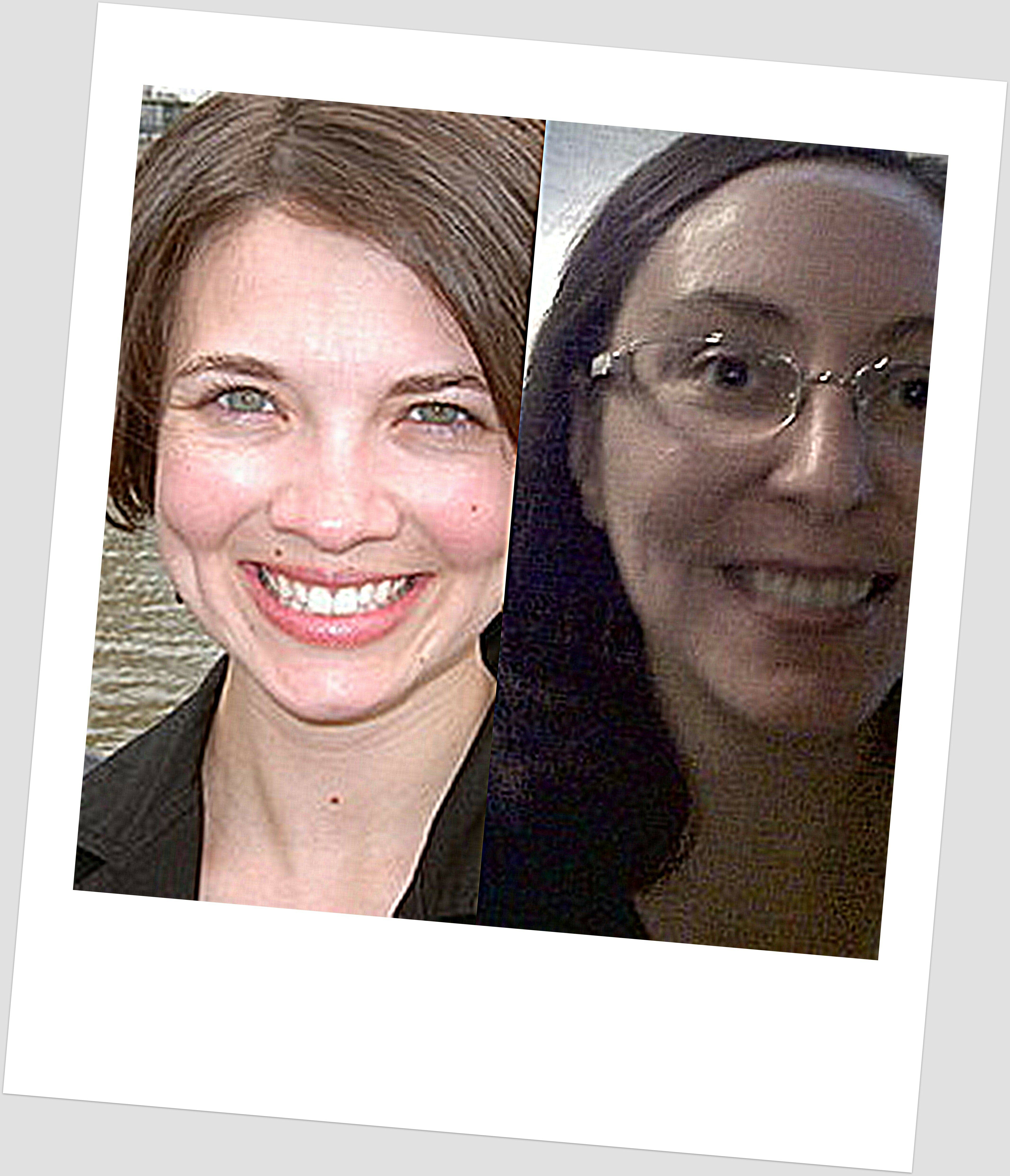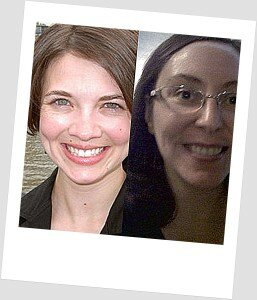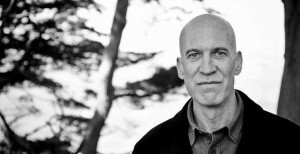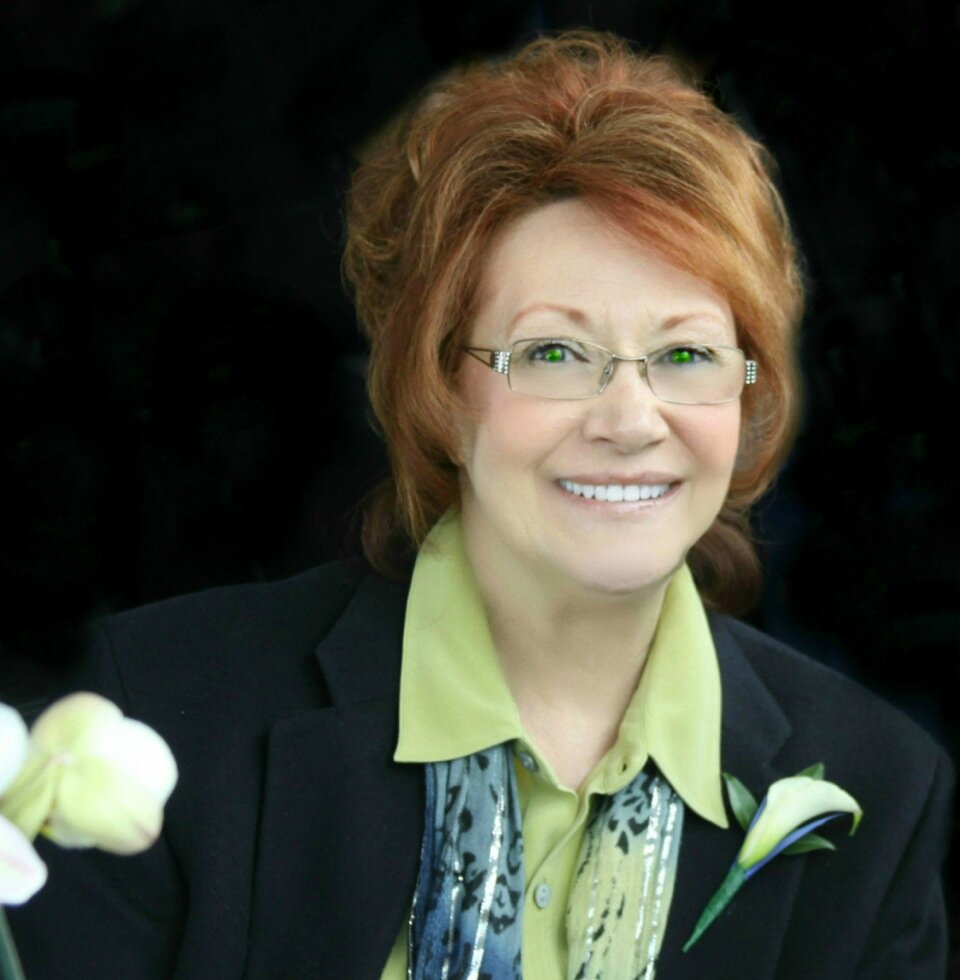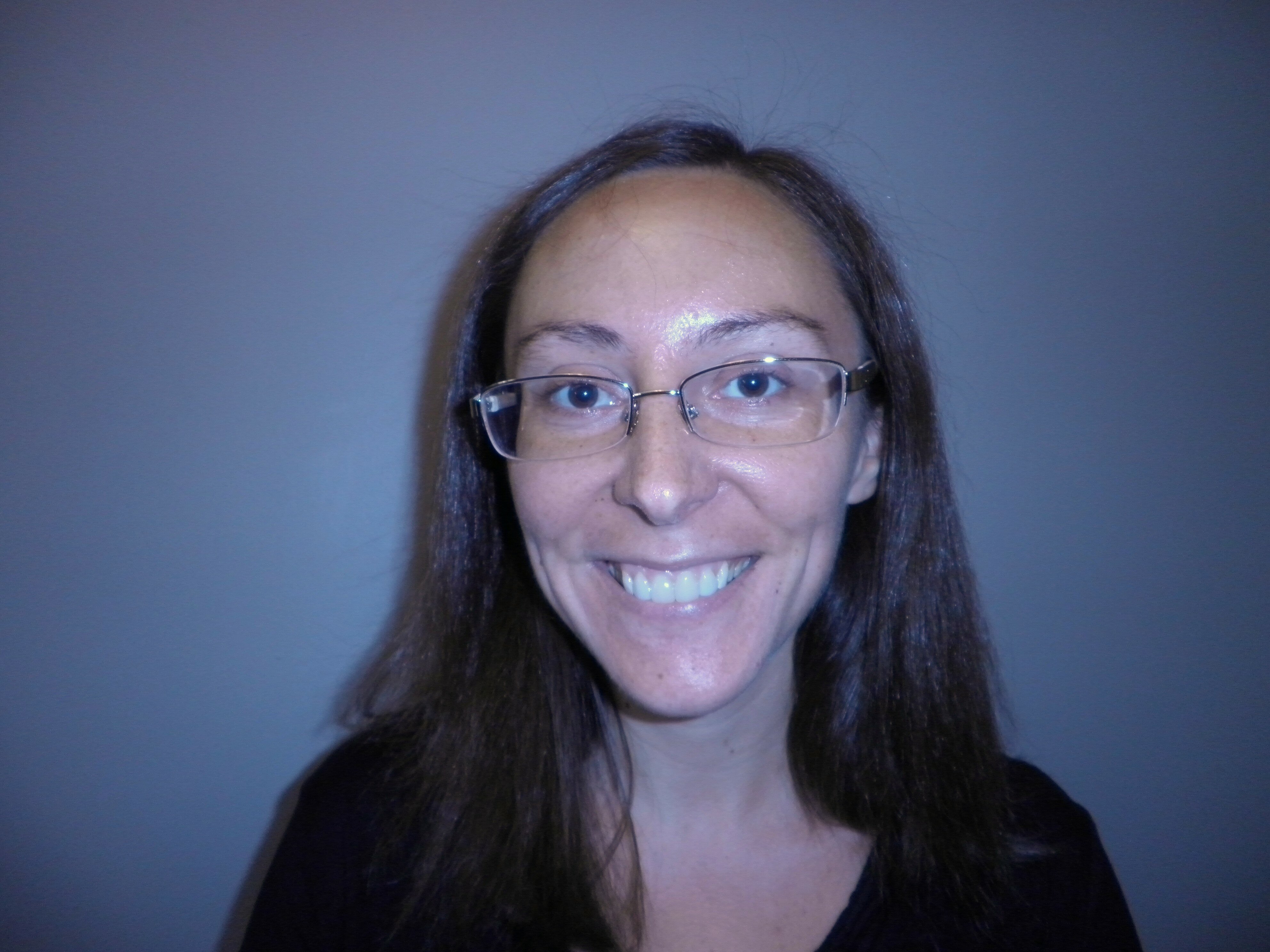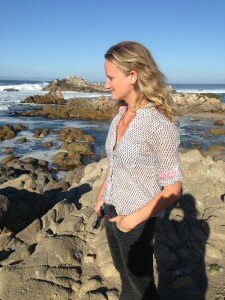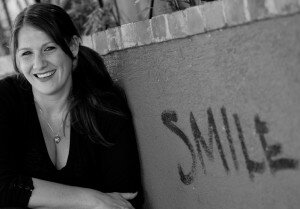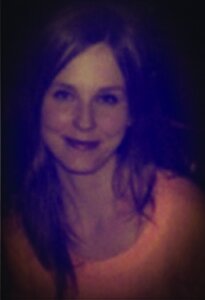Arielle Greenberg is author of the forthcoming poetry collection Slice and the creative nonfiction book Locally Made Panties, as well as the previous poetry books My Kafka Century and Given, and the chapbooks Shake Her and Fa(r)ther Down: Songs from the Allergy Trials. She is co-author, with Rachel Zucker, of Home/Birth: A Poemic, and co-editor of three anthologies: most recently, with Lara Glenum, Gurlesque. She writes a regular column on contemporary poetics for the American Poetry Review, and her poems and essays have been widely anthologized. She is the recipient of a MacDowell Colony fellowship and a Saltonstall Individual Artist Grant. A former tenured professor in poetry at Columbia College Chicago, she now lives in Maine and teaches in the community and in Oregon State University-Cascades’ MFA.
I dig Arielle’s perspective on poetics, feminism, sexuality, art, and life in general, so I asked her to come hang in my Infoxicated Corner and chat a little. She graciously agreed to share her light with us.
Fox: I’m really excited to start off this conversation with my newfound knowledge that you were a Binghamton University (SUNY Bing) undergraduate English major — which I was, too — and that you spent some time moving around New York State and New York City in the 1990s. As someone who went through adolescence in the 90s, I feel it shaped a lot of my creative impulses. I also definitely feel that my years spent living in upstate New York and in New York City shaped my aesthetics and worldview, as well. (To be really real about it, I am obsessed with 90s culture and also with New York as my homeland, ha.) I’m curious to know how (if at all) being in New York in the 90s shaped your writing, your thoughts on poetry/art/music, etc.
Arielle: I just saw online that you are a Binghamton alum! That’s crazy! I was only there my first year before transferring to SUNY Purchase, the state system’s one school with a conservatory arts program—and how I ended up at Binghamton and came to leave is a long story that involves issues of class and gender that I know interest us both, but which I’m not sure we need to go into right now. But yes: I grew up in upstate New York, in Schenectady, from 1979 until I left for college in 1990, and then was near and in NYC from 1991-1998, until I left for graduate school back upstate at Syracuse.
I am likewise obsessed with 90s culture, though it’d be fascinating to compare notes on this: my obsession is as a Gen Xer, and is all about 1988-1996 or so, when I was a teenager and young adult, and has to do with my introduction to the punk subculture and my eventual involvement with zines and riot grrl. I feel incredibly fortunate to have been in college–and to have been a college radio station DJ (and station manager) at a really cool school—from 1990-1993, and to have had access to the NYC music scene during “the year that punk broke.” It was kind of like being a 19 year old who got to go to Woodstock, I think. (Which is another subculture that was formative for me, albeit vicariously: I was already obsessed with the hippie counterculture of the 60s when, in 1989, there was a ton of Woodstock anniversary nostalgia and resulting media.)
Anyway, yeah: it would take me pages to describe all the ways that New York and the 90s shaped me as a person, but here’s a shorthand version, a list:
– One of the first and best friends I made at Binghamton during Freshman Orientation was Theda, who, like me, was into cinema. We took our first feminist theory film course together. She introduced me to underground comics like Love and Rockets; underground comics became a big thing for me. She’s now a cameraperson in Hollywood, I think.
– Another friend at Binghamton, Janna, turned me on to the proto-riot grrl 70s punk band the X-Ray Spex, which became huge for me. Janna’s now an artist.
– Yet another Binghamton friend, Carley Moore, who was also my roommate, was a poet, and we had one of our first readings together. I feel like we pushed each other to be weirder in our work. She’s still a poet and writer, with an MFA.
– At Purchase, I met a ton more amazing artists and freaks and had incredible professors, all of whom who helped me discover things like conceptual art, book arts, performance art, installation work, Fluxus, French New Wave film, and on and on. I also started really collaborating there: I wrote a performance piece for which I “hired” a student artist to make the sets and another to provide live musical accompaniment; I made a feminist zine with my friend Heather (now an artist and art librarian at UNC-Chapel Hill); I wrote text for an installation artist’s work.
– I took courses in feminist theory, reproductive rights, film studies, performance art, etc. I took out library books on all these subjects, wrote papers about the figure of the tragic whore and the crazy woman, learned about Kathy Acker and Annie Sprinkle. This was the era of Andrea Dworkin and Catherine MacKinnon feminism, and many of my friends were on board with those ideas, but I knew I wasn’t, and when I started my own zine and started identifying as a riot grrl, I knew I wanted to differentiate myself by being sex positive, though I’m not sure that was a term that was around or that I had access to at the time. I wrote a pro-porn manifesto in my feminist zine.
– My boyfriend in the late 80s and early 90s was a total music and film hipster, and through him, I got into a lot of more obscure music and movies, and went to see a ton of concerts. We saw Jane’s Addiction, Sonic Youth, Siouxie and the Banshees, the Raincoats, Blur—just a ton of interesting bands, and a lot of lesser-known bands too. The music itself was influential, but also just being part of that scene and meeting other kids at shows was fascinating.
– I was part of queer communities for the first time back then: a close friend came out in high school, and then many of my friends came out during college. It sometimes felt like everyone I knew was queer, and that was delightful to me. I marched with ACT-UP at the pro-choice rally in Washington in 1992. Being part of all that informed my ongoing interest in alternative sexualities, and in activism, and in community-building. I was part of other collectives, too: women’s groups and food co-ops and group living situations and such. This kind of communal work and living has stayed vital for me.
There are a million more ways that being in New York and among all these peers and instructors and culture informed me, but these are some of them.
F: I find it so endearing and awesome that you wrote a pro-porn manifesto in the 90s; I was, by the mid-90s, just entering adolescence and also just starting to get my feet wet reading feminist theory. I remember feeling at odds with a lot of the prevalent tone about sexuality, but my sexuality was also pretty new to me at that point in time, and I had the slightly prideful, slightly frightened, mostly awkward sense that my own feelings of sexual agency were anomalous in the greater context of feminism. I was excited by both sex and feminism, and I was torn about whether I was allowed to “be part of” both in the way that I wanted to. I remember feeling very validated in reading The Feminine Mystique when I was 15, when I got to the part in which Betty Friedan used research to support the idea that confident, empowered women frequently saw sex as more of a fun, playful activity than their gender-traditional counterparts, who saw it as something unpleasant or fearful. I was not “sexually active” at that point in time, but like all teenagers, I was certainly engaging in some sexual behaviors. I remember thinking vaguely, when I read that book, This means there’s hope for me. I can be a feminist and like sexy stuff, too. It’s OK if I feel like I’m in charge and it’s a fun game. At that point in time, I had some reservations about when I would decide to have sex, because I was scared that the ‘fun’ feeling of making out and such would somehow be taken away — so much of the conversation I was hearing about sex had to do with the idea that there was an almost inherent violence and aggression built into the act, and I was afraid it would change everything. I found those ideas terrifying, and I felt I was also maybe missing something or unable to understand them fully, somehow. So, I wonder if you can talk a little bit more about how you perceive sex-positivity in the 90s, and how its relationship to feminism may have grown or changed since then? Do you see this fitting into poetry in any interesting or promising ways?
A: Again, I don’t think I knew the term “sex positive” in the 90s, but I knew that the anti-sex feminism of the Dworkin/MacKinnon camp was not what I wanted for myself, and that there had to be another way. There was a lyric from a Jane’s Addiction song back in the 80s, “Sex is violent,” and a punk girl in my high school wrote on the bathroom walls. I remember thinking, what option does that leave for me, as someone who wants to have sex? Because I did: I wanted to have sex that felt good and interesting and fun. I also liked the idea of porn–I came into contact with very little actual porn, but I did like erotica–and I identified very much as a sexual being. My belief was that of course there is inherent power in being seen as sexually attractive, and that one can wield that power: I saw the models in my father’s 1970s and 80s issues of Playboy, for example, as holding power over their viewer, over the male gaze. I know that’s a reductive reading, but I still do believe an element of that. I mean, I believe that we all engage in power exchanges in almost every transaction we have with other humans over the course of the day: I wish there was no shame in naming and owning that some of that power has to do with sexual desire and attention. It’s an aspect of the human experience: a problematic, complicated, fraught aspect, but nonetheless, it’s not going away, so I’d rather work within that system that try to deny its existence.
But in the 80s and 90s, I felt rather alone in thinking these things as a feminist; it wasn’t until I read about Annie Sprinkle through my performance art research as an undergrad that I found a model for sex positive feminism. It’s also only recently that I’ve developed an alternative, sex positive lens by which to view the idea that sex is violence: that there can be a kind of cathartic, consensual, primal and fierce erotic physicality which can be a joyful, negotiated, beautiful and sane expression of loving violence. “Violence” has only negative connotations in our language, and I don’t mean it that way here, but what other word is there to use? Sometimes humans like to hurt other humans, and sometimes other humans like to be hurt: not just in sex, but in various athletic competitions, in dancing, in play-fighting. As long as that is done safely and consensually, hurray for expressions of our animal selves!
Recently, I’ve heard other feminists around my age—queer women, sex workers, non-monogamous folks—talk about how they, too, felt rather lonely and isolated in their sex positive beliefs during the late 80s and early 90s. The era certainly had a very specific predatory tone, and women’s sexual agency was under massive critical attack in the mainstream culture, by way of things like the reproductive rights wars, the Bill Clinton scandals, the Anita Hill case and the hoopla over Murphy Brown, for starters. In that sense, it was a hard time to be a sex positive feminist.
I’m amazed at what’s happened in just the last few years. My sense is that all the work being done among young queers, trans people, sex educators, sex workers and others has had an enormous, fantastic impact on growing the sex positive movement. From what I can tell, there is much more varied and active discourse about it now, from academic forums to social media.
I’m still waiting to see how this is getting refracted through contemporary poetics. Because of my interest in gender and sexuality, and my own current project of pornographic pastoral poems, I’ve been on the lookout for work of sex positive erotic writing by women, and there’s not all that much. Most of the sexually explicit work is telling the necessary stories of trauma and abuse; there’s not much of pleasure or agency. This is of course a reflection of the rape culture in which we live, but I am trying myself to write into that void and to encourage others to do the same when possible.
F: Tell me a little bit about your life/trajectory as a professional poet. For me, there’s such a difficult rift that everyone has to build her own bridge or raft across, between the poetic impulse/consciousness/talent and the business of being a poet anywhere (particularly, though, in New York). Did you always know you were a poet? Did you always know you wanted to pursue that professionally?
A: Yes, I’ve been a writer since I was very young. I was a reader first, and early, and out of that I organically became a writer. I was fantasizing about being published and winning literary awards and such when I was a young girl. I grew up on Anne Frank, which is a loaded and complicated literary legacy for a little Jewish girl. She’s so famous! She’s so tragic! She’s so dead!). Sylvia Plath, who wrote a book with my name on the spine (that’s my original spelling) which my mother kept in our house, only furthered those notions. But from the time I was very little—like, 8 or 9 years old—I was being praised and noticed for what I wrote. I liked being praised and noticed, and I loved language, so I kept doing it. I also was fortunate that the poet Lyn Lifshin lived in my town, and was an early instructor and mentor to me; she was very encouraging and took me seriously. I won some awards for writing by middle school, and published in literary magazines in high school.
I’d say I’m a career-minded person: by nature, I’m responsible, hard-working, pragmatic. This is maybe an unusual temperament for a poet, but that’s who I am. So there was never a time when I didn’t approach this stuff with some measure of drive and perseverance. That said, because I’m so practical, I put my writing on the back burner for much of my 20s, because I had to work to pay my bills. It took awhile for me to feel like I could risk focusing on art-making as a career.
F: Your ideas on aesthetics are really interesting to me, especially because of all the contradictions and nuances they’re able to hold, with their arms full — your essay on the Gurlesque made such an impact on me that when Ricochet Editions, the press I co-founded and co-run, decided to pursue my idea for Among Margins [an anthology of innovative critical writing on aesthetics], we knew right away that we wanted your voice to be included in the project. Can you tell me a little bit about your identity as a scholar? Did you always imagine yourself living an academic life — or maybe a more publicly-intellectual variation of an academic life? What drew you to scholarship? What keeps you there?
A: For one thing, my father is an academic: he’s an experimental psychologist, which means he does research that doesn’t necessarily have immediately practical applications. So I grew up thinking that academia was a good job that paid the bills (though without much left over)—if you like to teach, which both my father and I love to do—and also the notion that you could spend your time thinking through rather abstract concepts.
You know, I am not sure if I would say I’m a scholar first and poet second, or the other way around. Thinking through big ideas (and writing about them in critical prose) has always been as vital to me as writing about them in poetry; they are the dual, and twinned, ways I approach making sense of my world and culture and self. There is really nothing I love more than ideas—or maybe I’d say I love language and ideas equally. And it’s just how I think: I think macro. For example, I’m in a women’s group where I’ve gotten some flack for often trying to shift a conversation about someone’s individual struggle into a discussion about the patriarchy or about body image: some of the members feel this is too much, and too “academic.” Yes, I’m an academic, but I’d think this way whether or not I held a teaching position. I have always thought this way. I like looking at the big picture stuff: at systems, at context, at intersections.
I love the idea of a public intellectual. As a teenager, I was really inspired by reading Joan Didion and Susan Sontag: I loved that they felt free and brave enough to write about anything they liked, regardless of discipline or genre or academic training. And they wrote for a broad audience, but did so with fierce intelligence. Later I read bell hooks and felt the same about her. These women rock my world, and I think about them as models for my own career quite often. I worry that the specialization and professionalization of graduate study has made it less possible for the public intellectual to exist. I want to write about my ideas about sexual fetishists, for example—I think I have some interesting theories. But I have no formal training in sexology and hold no degrees or credentials in it. Does that mean I can’t write about it? Who is “allowed” to have an idea and put it out there these days? And what about all the not-so-smart stuff out there, the reactionary and simplistic self-help stuff, that gets published by people with credentials? I fret about this sometimes.
F: I think, for me, there’s a lot of stress on who’s ‘allowed’ to say what in the public sphere. The internet can get awfully scream-y about such matters, and while I find that very off-putting and discouraging, I think it’s important to challenge the idea that only certain people — ‘credentialed’ people, in many instances — are ‘allowed’ to put forth certain ideas on certain matters. I’m particularly sensitive to this lately in terms of class. As someone who’s pretty immersed in academia right now, I feel frequently that I’m staring into a room filled with ‘educated,’ credentialed people who are very privileged to be part of an educated class. The way they speak to about about people of other classes, as though their viewpoints and life experiences and opinions are inherently worth less or are less informed, is a huge point of contention for me. I see it as ignoring one’s own privilege and using that privilege as a means of dismissing and discounting others, or being condescending to them — while simultaneously writing articles that decry the abuse of other types of privilege. This gets tricky, too, because it frequently blurs the lines of socioeconomic demarcation. You can come from a fiscally (or racially, or sexually, or socially) underprivileged background, join this educated class of people, and end up marginalizing other viewpoints in kind of a new way. I feel lately that I see this turning into an issue of who is ‘allowed’ to say what, or ‘allowed’ to be heard, and the way credentials play into it I think can be very deceptive. I personally know several auto-didacts who are beautiful writers and charismatic, intricate thinkers, and yet they have been dismissed, sometimes publicly, by those who are more ‘credentialed.’ I don’t know whether you have any opinions about how poetry (or art), in particular, might be affected by this weird allowed to say/not allowed to say dynamic? It’s of major interest to me, because it’s something I am extremely aware of when curating Infoxicated, and also in the two anthologies I’m editing right now, one of critical writing about aesthetics and one of political poetry. I want art to be accessible to everyone. I fear ‘allowed to say’ blurs into ‘allowed to think’ and ‘allowed to read or enjoy.’ So, if you have any ideas about this ‘allowed to’ dynamic as it affects art/poetry and maybe seeps into other things (who feels allowed to participate, who feels allowed to pursue certain types of careers), I would be interested to hear what you have to say.
A: I agree with you, and I also agree that it’s tricky. Some of the art I love best has been made by autodidacts, or outsider artists, or college drop-outs, etc. And yet as an educator I’ve seen the very real difference it can make to be taught, to be exposed to ideas and work. I have hardly ever seen an education ruin a good artist, and I’ve seen an education help artists many times. But an education should make one better able to serve the community, not enable one to hold oneself above or away from the community.
I think what I want for all artists and thinkers—all sentient beings, really—is to preserve their own visionary capacities, by any means necessary. When we talk about an artist or writer or thinker or scientist as “great,” aren’t we usually saying that they are somehow visionary, groundbreaking, innovative? And sometimes those innovative ideas come distinctly from not following the well-worn or expected paths through education and career. And sometimes they come because of those paths, or despite those paths. The fundamental essence—the original vision—has to exist no matter what, no matter the setting or credential. You can have all the credentials in the world and make work that is as boring as shit. And you can have no credentials and make work that is boring as shit, too. It’s hard to turn off all the static and let yourself access your inner mystic, the otherworldly magic that’s coming via Jean Cocteau’s Orpheus car radio that Jack Spicer evoked: the voices from the beyond that speak in pure poetry.
F: How do you locate or define Balance between being a poet and scholar? What, for you, is the relationship between the two? Does your academic of research affect your creative work, and/or vice-versa, and if so, how? What does that flow look like? Is a separation between the two ever effective? Why/why not?
A: There’s no separation, really. I mean, there is in the sense that I will take on a job that is Write an Essay about Topic X and then I will also write poems about Topic X “on my own time,” which is to say, not on deadline and not for payment and in a way that feels entirely for my own pleasure. But really, the interests I want to research are the same interests that drive my poems. They are just two means of investigation. They each hold their own pleasures for me.
F: In addition to the intersection of creative scholarship and process, you’re kind of emblematic to me of an intersection between feminism & sort of a rational, liberal viewpoint on things in our culture, and an attitude or worldview that I think is a little more iconoclastic, quirky, unpredictable — difficult and fun and really scrutinizing and critically independent and rigorous, and I know this is probably too many adjectives so maybe I’ll edit it down later. Can you talk about that a little bit? How would you characterize the way you process and react to the multiplicity of realites that comprise American life? How do you deal with speaking gracefully in public about viewpoints that you know are not popular? Does this ever spill over into literary or aesthetic ideas that are less popular among your fellow poets/artists?
A: Gosh, I wish I knew how to speak gracefully about the many stands on which I take unorthodox views! Mostly I think—I know—that I come off as self-righteous and weird and rebellious and elitist all at once, and that I put people off quite a bit. That’s not my intention, but I tend to be overenthusiastic and emphatic and it can come across as argumentative or bossy or adamant. I can be argumentative and bossy and adamant, too, but sometimes I’m just being exuberant, and, because I’m a New York Jew and a cheerleader and a punk, it still comes across utterly lacking in grace. I would not say that “gracefulness” is one of my virtues. I love and admire graceful people and have very little of that in me.
The way you’ve characterized it here—“the multiplicity of realities that comprise American life”—gets at the heart of how I see the world. I see things as complicated. I like things that are complicated. I like things that are challenging, purposefully difficult, innovative. I always have. I loved Alice’s Adventures in Wonderland for this reason. I love Surrealism. I love James Joyce. I like playful; I like wild; I like strange.
I think the other thing is that I want to live a life that feels fully lived; I’ve always believed that the best way to spend our short time on earth as humans is to engage in life as a radical experiment. To do that, you have to be somewhat bold. You have to go toward difficulty and be willing to shift paradigms. You have to be able to come up with creative alternatives to the default choices we’re all primed to make. You have to swim upstream. My mother was a difficult person, but she was in some aspects a proud non-conformist, and there’s a longer legacy of pioneers and artists and experimenters in my extended family, so I was lucky to grow up and feel that non-conformity was valuable.
Two quotes I stand by on this: the first is from an Israeli psychology professor, Tal Ben-Sahar, who studies happiness. His main finding is that “happiness lies at the intersection of pleasure and meaning.” I believe that. (Like me, Ben-Sahar gave up tenured academia and, after achieving a lot of success, made a big move to simplify his family life, a move that went against the norm of someone with his career trajectory. He also preaches expressing more gratitude, which is something else I’m pretty keen on.) The second is from Anais Nin: “I must be a mermaid. I have no fear of depths and a great fear of shallow living.” I live with plenty of fear—I’m a pretty anxious person, really—but I do think I fear shallow living more than anything.
F: I saw recently on social media that you were sharing/discussing an essay whose main point of conversation was that possibly the social institution of monogamy is harmful to women. I feel like there’s that typically male trope of the free-spirited writer who never fully buys into monogamy — and then there are a few female writers/artists who have made a point of not only conducting themselves in a similar way, but have also pointedly incorporated it into their writing and their literary or artistic lifestyle. I’m thinking of women like Anais Nin and Diane Arbus — women whose work really advanced their craft in innovative ways. Do you think stepping past the confines of monogamy is helpful aesthetically or creatively to women? Or has that impulse outlived its use, in that particular way?
A: Here’s what I think about this: I think that if something feels like a confine, we ought to step past it. Not just as women or as artists, but as humans. Many lifestyles can work for us humans—we’re happily a pretty adaptive species—as long as they are choices or compromises made with intention and awareness, and not default modes followed without thought. For example, some women artists should have children, and some should not, but ideally they would be choosing either with some real agency and purpose and support. You could be a great writer who never travels, never leaves her parents, even if you had hoped for other plans—Emily Dickinson! Lorine Niedecker! And certainly you can be an amazing woman writer for whom conventional relationship structures are stifling and whose path toward more unusual lifestyle deeply informs and shapes your work—Gertrude Stein, Jane Bowles. But you can also be an amazing woman writer for whom some pretty traditional lifestyle choices nourish and sustain you: I love thinking about Lucille Clifton and her many children and her enormous accomplishments. I think what matters is if you feel fulfilled and joyful and empowered by your decisions; that you feel like you had some agency over your decisions; and that you also have found a way to work with what you’ve got.
F: I love that attitude of doing what works for you as an individual. Speaking of living a constraints-free life — my last question for you was going to be, what would your dream vocation be (if poet and scholar and all the other totally rad stuff you do now were off the table, and also if you had no rules or responsibilities)? Like, alternate-universe profession?
A: Well, to get back to something I said above, I sort of wish I could go back to school for a PhD in human sexuality, so that I could spend years studying and writing about all the aspects of that subject that fascinate me. But since that will take too long, I’ve thought about becoming a relationships counselor. I love thinking about that stuff and I like helping people and telling them what to do to make their lives better. But that’s not really a dream vocation, exactly. I’m being practical again. I think I’m too pragmatic for this question.
F: Thanks for sharing your illuminating, super-smart mix of fancy and pragmatism with us. Best conversation I’ve had all week!




